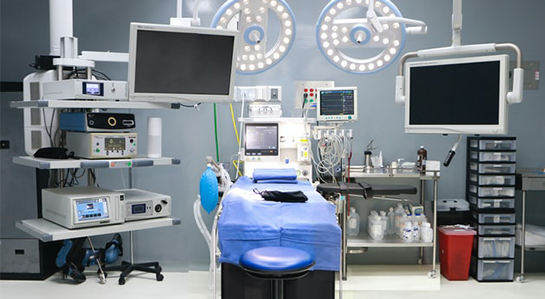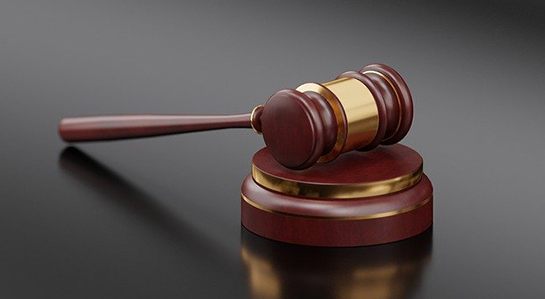Air Hygiene

ETS is one of the leaders in the Essential Air Hygiene Industry with many years of specialist experience in this field. Employers’ Responsibilities: COSHH The Control of Substances Hazardous to Health (COSHH) Regulations cover virtually all substances hazardous to health which includes human pathogens or dusts (statutory Instruments No. 3246, 1994) and states that it is the employer’s duty to provide a safe working environment. As from 1st January 1996 under the BSRIA (Building Services Research and Information Association) an employer is required to make a formal assessment of health risks from hazardous substances.
ETS offer a fully comprehensive Air Sampling & Cleaning Regime which can take the worries and problems away from you.
Air Hygiene Services Include, but are not limited to:
- Fully Comprehensive Air Hygiene Surveys
- Various Types of Air Sampling and Testing
- Full Refurbishment including Cleaning of Air Handling Units, Ductwork, Grills and Diffusers etc.
- Disinfection of all Systems using an FDA Approved Biocide
- Updating of Existing Drawings
- Record keeping Systems (LEVs)
- Commissioning and Balancing of Systems
- Ongoing Monitoring and Testing Programmes
- Manufacture and Design of Specialised Air Sampling Equipment


